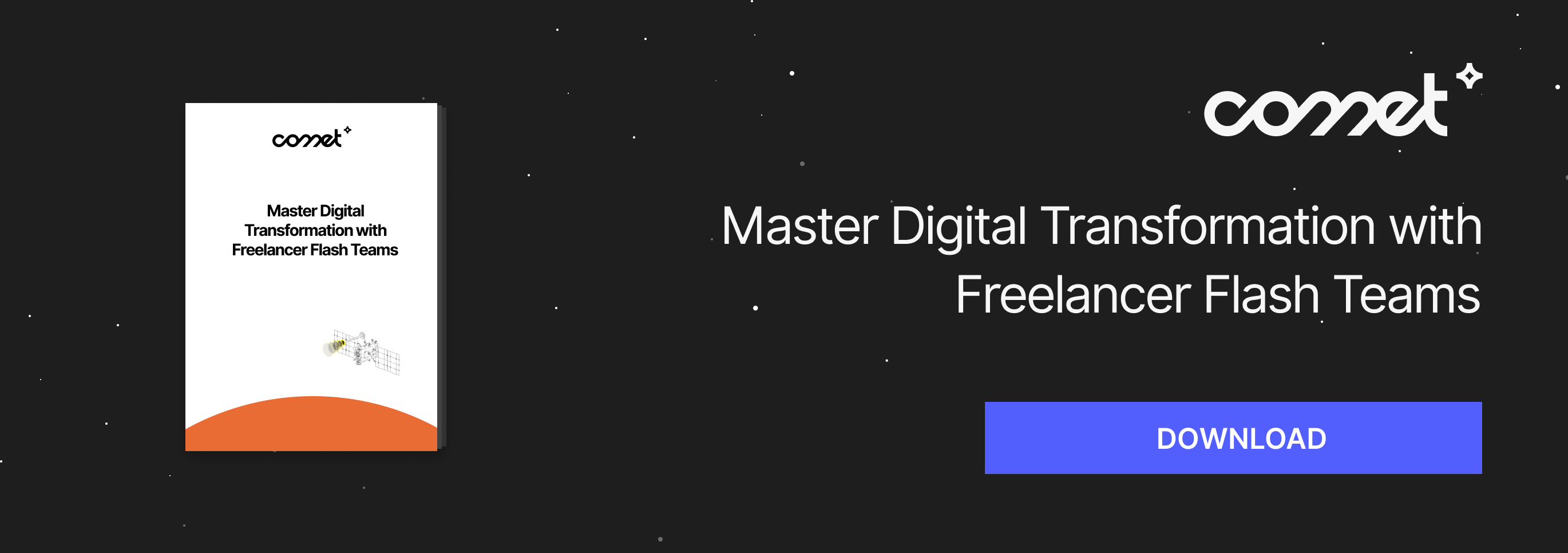2020 changed us all. At the heart of the dark Covid-19 days were resounding stories of community support, every-day heroes, stories of recovery, innovation and hope and an emphatic drive to making things work… differently, through innovation and thinking outside the box.
For those of us lucky enough not to get sick, it was a time also about carrying on...from home. For parents and caregivers keeping kids learning at home. For all humans remaining active, positive and hopeful. And for us in the workforce keeping businesses running, while adapting to a new set of constraints on a big scale.
In simple terms this has pushed us all to harness the power of digital communication and collaboration, harness and be amazed by the opportunities and efficiencies it allows. We have experienced a taste of the workplace of the future. One that is less-and-less about physical place and more about collaboration and remote organization.
Even pre-COVI19, 60% of our in-house staff and many of our freelancers work remotely, studying the potential and best-practices for distance working is a big part of what we do. For our pool of over 7000 freelancers this is the norm. Beyond having the right vetted expert on the job, and getting them on task exactly when and for how long they are needed, we have been looking at the optimal way to organise entire workflows remotely. This so our customers, without requiring any technical know-how, can hand off an idea and get back a fully functional app in a matter of weeks or a prototype in days.
In the same way our software developers are the ultimate experts in their speciality, we feel managing projects remotely from A to Z requires a specific skill set and is best framed by a specific protocol. And this, driven by machine learning through a platform that looks for patterns and helps figure out how best to allocate tasks, when and to whom, as well as configure and build future teams. It’s an organization that pushes performance through agility, turning the limits of remote into massive advantages—such as teams working globally 24/7 through an optimal staggering of tasks.
We can’t take all the credit for this extended way of thinking about new ways of working. We were heavily inspired by research that recently came out of Stanford university, around what they dub “Flash teams” and here at Comet, with freelancers sourced and contracted from our vast community of vetted and qualified experts, what we call Comet Fleet.
Check out our in-depth look at Stanford’s flash team research and how we’ve adapted it to allow companies to get results-based optimally completed projects, to turn constraints into opportunities, in our very different world.


